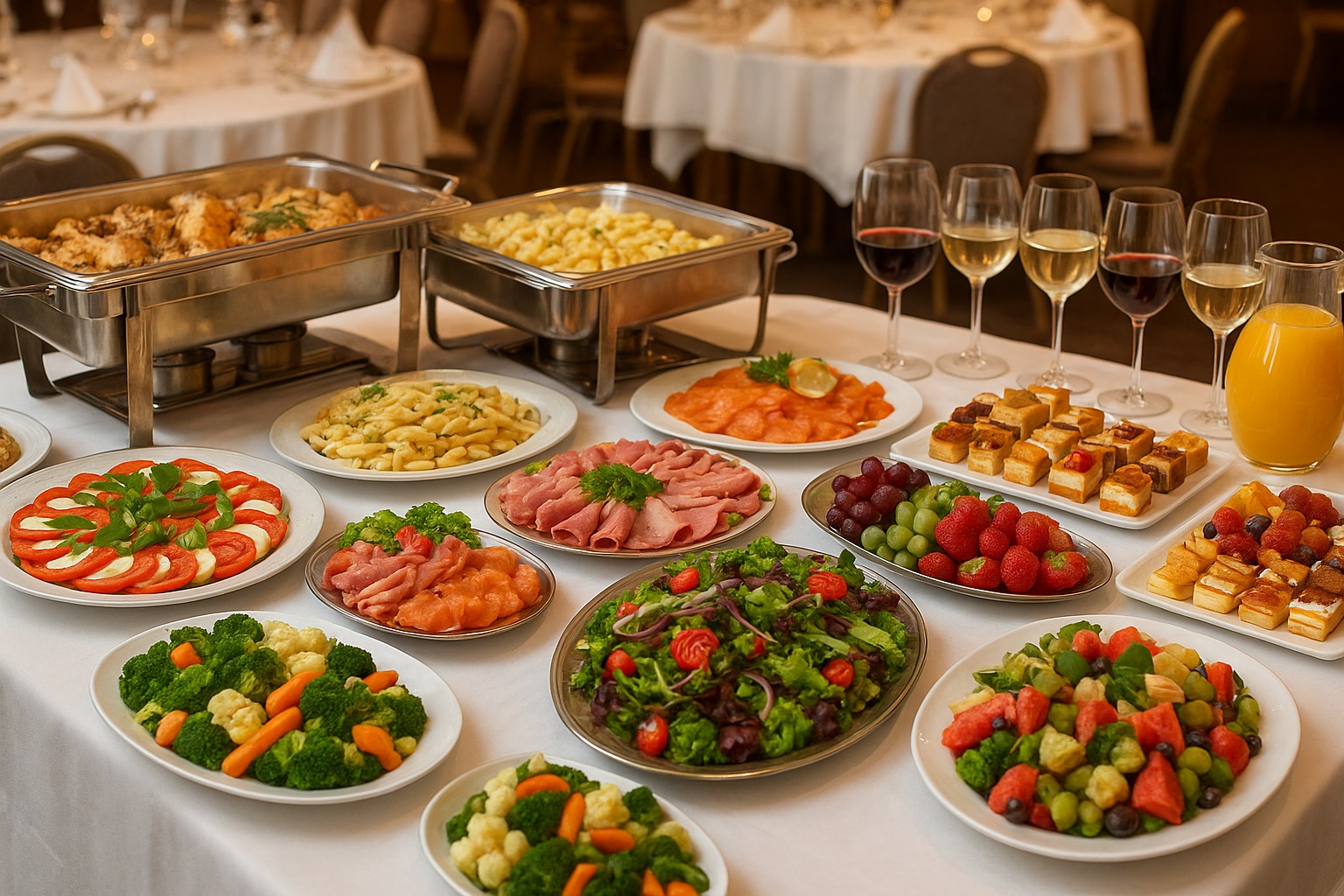
Trademark Registration for Food and Drink Catering for Banquets
Trademark Registration for Food and Drink Catering for Banquets Class 43
In the rapidly evolving hospitality and catering industry, branding plays a critical role in distinguishing your services from competitors. One of the most significant steps to secure your business identity is by registering your trademark under the correct class. For businesses involved in Food and Drink Catering for Banquets, trademark registration falls under Class 43 of the NICE Classification system.
This blog provides a detailed explanation of trademark registration for food and drink catering for banquets, reasons for registration, steps for name search, conflict prevention strategies, real-world brand examples, and trending SEO keywords for improved visibility.
Trademark Registration for Food and Drink Catering for Banquets
Class 43 under the NICE classification covers services for providing food and drink, including catering for events such as banquets, weddings, corporate gatherings, and more. When you operate in the catering domain, particularly for large-scale banquets, your service identity—name, logo, slogan—becomes a valuable intellectual property that needs protection from imitation and misuse.
Examples of services under Class 43 include:
• Food and drink catering for banquets
• Banquet hall services with catering
• Event and wedding catering services
• Hospitality and food arrangements for gatherings
Why Register a Trademark for Food and Drink Catering for Banquets?
Here are the key reasons why trademark registration is essential for your catering business:
1. Exclusive Rights: Trademark registration grants you the exclusive right to use your brand name and logo for banquet catering services.
2. Brand Recognition: It builds trust and reputation among customers looking for premium catering services.
3. Legal Protection: In case of infringement or misuse, a registered trademark gives you legal grounds to take action.
4. Competitive Advantage: With numerous catering service providers, a registered mark helps differentiate your services.
5. Business Expansion: Essential for franchise models or expanding into new regions.
6. Online Presence & SEO: Registering your brand name ensures consistency across digital platforms and improves ranking.
Steps to Register a Trademark for Food and Drink Catering for Banquets
The process involves several steps to ensure successful registration:
1. Conduct a Trademark Search on the Public Search Portal
Use the **IP India Public Search Portal** to check if your proposed brand name or logo is already registered. This step minimizes the risk of objections and litigation.Tips for Effective Search:
- Search under **Class 43** specifically. - Check for phonetic similarities. - Review both wordmarks and device marks (logos).2. Determine a Unique Brand Name
To create a strong and unique brand identity:
- Avoid descriptive or generic names like “Banquet Catering Services.” - Combine creativity with relevance (e.g., “Royal Feast Caterers” instead of “Banquet Food”). - Make sure it’s easy to spell, pronounce, and remember.3. File the Trademark Application
File online through **IP India e-filing portal** or seek professional help from a trademark attorney.4. Examination and Publication
After filing, your application will be examined by the Trademark Registrar. If approved, it will be published in the Trademark Journal for opposition.5. Registration and Certificate Issuance
If there are no objections or oppositions, the mark will be registered, and you will receive a certificate of registration.10 Ways to Avoid Challenges and Conflicts with Other Marks in Class 43
Trademark conflicts can lead to legal disputes and costly rebranding. Here are ten strategies to prevent them:
1. Conduct Thorough Searches: Before finalizing the brand name, check all relevant classes.
2. Avoid Similar Names: Do not choose names resembling existing trademarks in the catering domain.
3. Check for Phonetic Similarity: Even similar-sounding names can invite legal trouble.
4. Stay Away from Generic Terms: Avoid names like “Grand Banquet Catering” that are too descriptive.
5. Check Domain Availability: Ensure your brand name can also secure a matching web domain.
6. Design a Unique Logo: A distinctive design reduces chances of conflict.
7. Avoid Popular Trends: Trend-based names may already be widely used.
8. Verify International Databases: If planning global expansion, check WIPO’s global trademark database.
9. Register Early: Apply for registration as soon as possible to claim priority rights.
10. Legal Consultation: Get advice from IP attorneys for complex cases.
How to Mitigate Rising Conflicts in Food and Drink Catering for Banquets
If you face conflicts or objections during trademark registration, here’s how to resolve them:
• Respond to Examination Reports: File an appropriate reply to objections citing distinctive features of your mark.
• Negotiation & Coexistence Agreement: In some cases, businesses can enter agreements to use similar marks for different regions.
• Rebranding Strategy: If conflicts are unavoidable, plan a creative rebranding campaign.
• Legal Action for Infringement: For unauthorized use of your mark, initiate legal proceedings under the Trademark Act, 1999.
Conclusion
Trademark registration for Food and Drink Catering for Banquets under Class 43 is a crucial step for safeguarding your brand identity, preventing legal disputes, and building long-term customer trust. By conducting thorough searches, creating unique brand elements, and following proper registration protocols, you can protect your catering business and ensure sustainable growth in this competitive industry.
